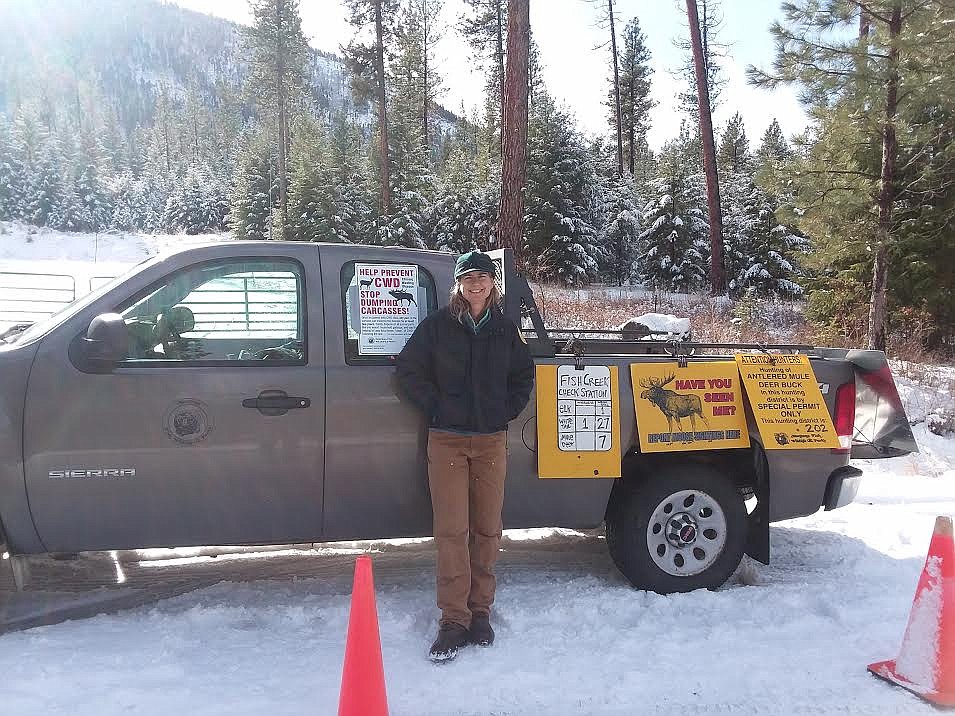Time is running out for hunters in Mineral County
|
November 18, 2020 12:00 AM
By MONTE TURNER
Mineral Independent
Mineral County is in the Montana Fish Wildlife & Parks Region 2 headquartered out of Missoula.
Over 62% of the region is public land, but here in Mineral County, we have over 90% that is public and huntable...
Become a Subscriber!
You have read all of your free articles this month. Select a plan below to start your subscription today.
Already a subscriber? Login



